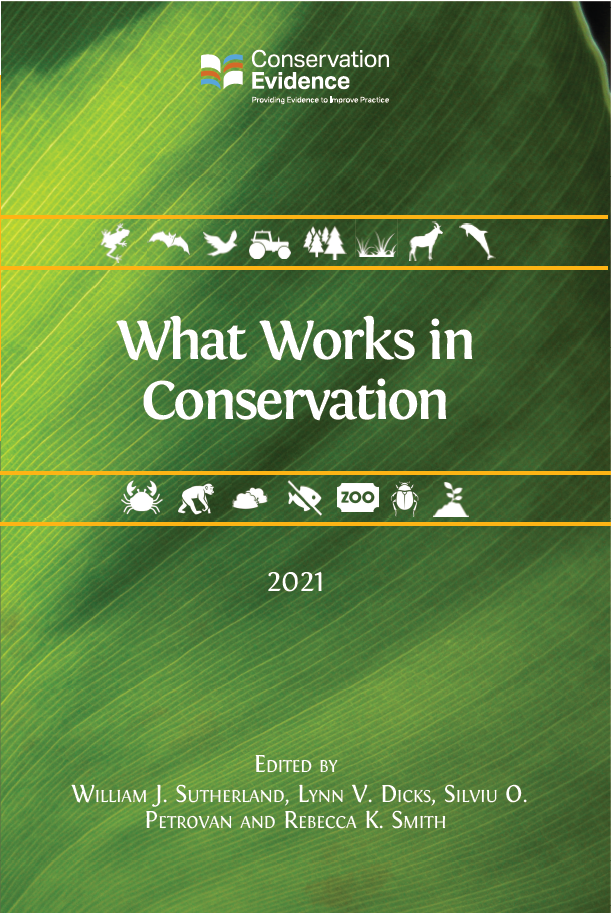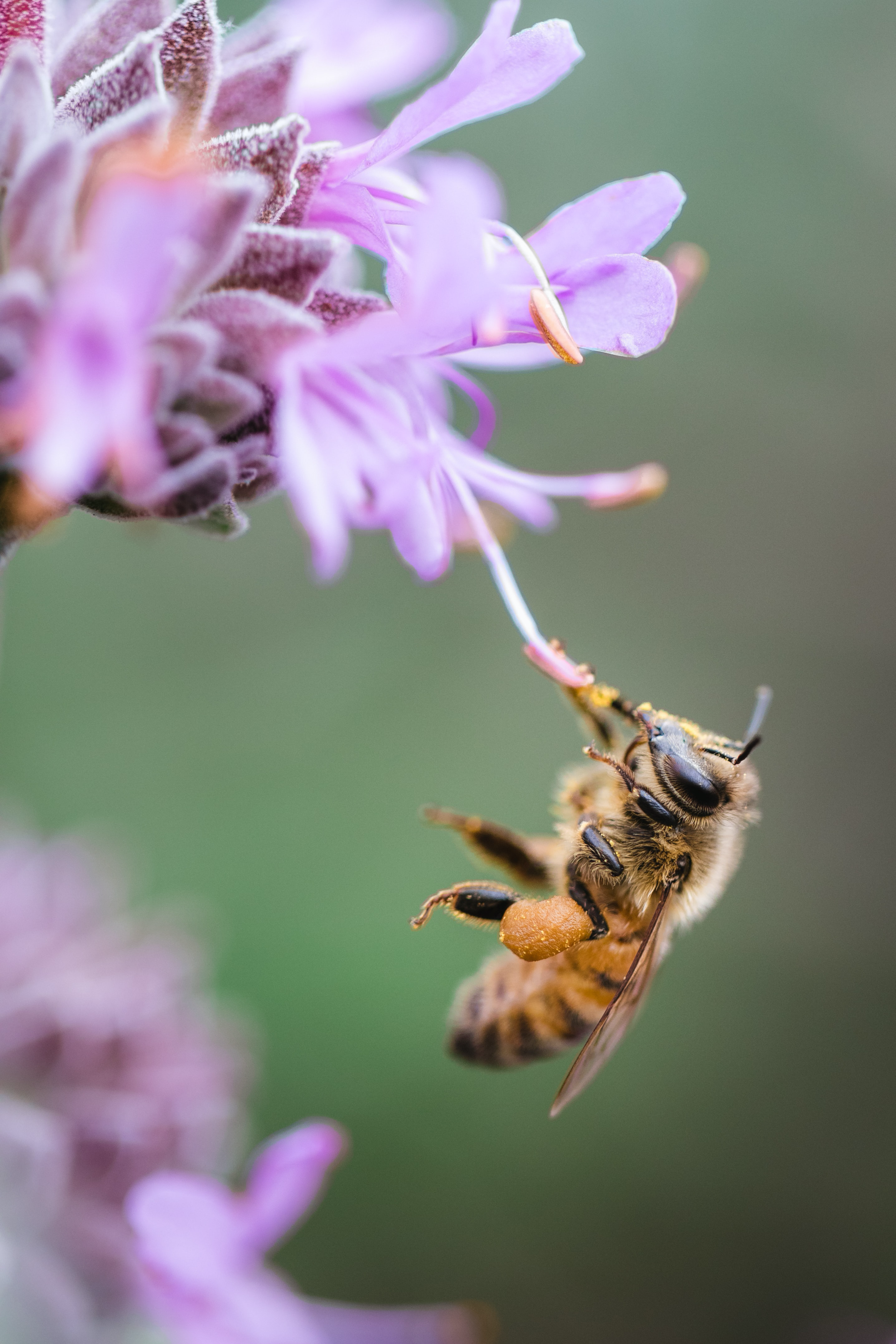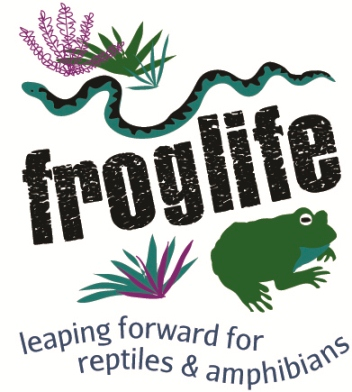The conservation of the belted beauty Lycia zonaria britannica (Lepidoptera, Geometridae) in the United Kingdom
-
Published source details
Howe M.A., Hinde D., Bennett D. & Palmer S. (2004) The conservation of the belted beauty Lycia zonaria britannica (Lepidoptera, Geometridae) in the United Kingdom. Journal of Insect Conservation, 8, 159-166.
Published source details Howe M.A., Hinde D., Bennett D. & Palmer S. (2004) The conservation of the belted beauty Lycia zonaria britannica (Lepidoptera, Geometridae) in the United Kingdom. Journal of Insect Conservation, 8, 159-166.
Actions
This study is summarised as evidence for the following.
| Action | Category | |
|---|---|---|
|
Maintain or create bare ground Action Link |
|
|
|
Release captive-bred individuals to the wild Action Link |
|
|
|
Translocate to re-establish populations in known or believed former range Action Link |
|
-
Maintain or create bare ground
A site comparison study in 2000–2003 in a coastal sand dune in Merseyside, UK (Howe et al. 2004) reported that a plot stripped of turf and soil supported a translocated population of belted beauty moth Lycia zonaria britannica one year after release, but a plot that had been strimmed and raked did not. Two years after two grassland plots were cleared, and one year after eggs and caterpillars were released, eight adult moths (7 females, 1 male) were present in a plot which had been stripped of turf and soil, but no adults were present in a plot which had been strimmed and raked. In the summer of the release, caterpillars had been observed feeding in both plots. In winter 2000–2001, vegetation was removed from two 15 × 10 m plots within a 6.5-ha dune grassland. One plot was completely stripped of turf and soil to expose the bare sand, and the other was heavily strimmed to ground level, with cuttings and leaf litter raked off. Both plots were allowed to re-vegetate naturally. In early April 2002, three egg batches and 33 caterpillars were introduced to each plot, and in late April a further 10 caterpillars were added to the stripped plot. Caterpillars were observed in summer 2002, and adults were recorded in April 2003.
(Summarised by: Andrew Bladon)
-
Release captive-bred individuals to the wild
A study in 2002–2003 in a coastal sand dune in Caernarvonshire, UK (Howe et al. 2004) reported that a population of captive-bred belted beauty moth Lycia zonaria britannica did not survive the first year after release. One year after the first release of caterpillars, no adults were found at the site. Results for the second year were not presented. In April 2002 and 2003, three to eight gravid females were collected from an 89-ha sand dune system. Their eggs were kept, and the caterpillars were reared on bird’s-foot trefoil Lotus corniculatus. In late May 2002 and 2003, a total of 2,030 caterpillars were released (number/year not specified) at 22 locations across a 7.4-ha sand dune (21.5 km from the capture site), most of which was managed as a nature reserve. In spring 2003, the release site was searched for emerging adults. The authors also reported that two releases of small numbers of caterpillars to a site in Merseyside, UK, in the early 1990s, were unsuccessful (no further details provided).
(Summarised by: Andrew Bladon)
-
Translocate to re-establish populations in known or believed former range
A study in 2002–2003 in a coastal sand dune in Merseyside, UK (Howe et al. 2004) reported that one of two disturbed plots where belted beauty moth Lycia zonaria britannica eggs and caterpillars were released had a small adult population the following year. Two years after two grassland plots were cleared, and one year after eggs and caterpillars were released, eight adult moths (7 females, 1 male) were present in a plot which had been stripped of turf and soil, but no adults were present in a plot which had been strimmed and raked. In the summer of the release, caterpillars had been observed feeding in both plots. In winter 2000–2001, vegetation was removed from two 15 × 10 m plots within a 6.5-ha dune grassland. One plot was completely stripped of turf and soil to expose the bare sand, and the other was heavily strimmed to ground level, with cuttings and leaf litter raked off. Both plots were allowed to re-vegetate naturally. In early April 2002, three egg batches and 33 caterpillars were introduced to each plot, and in late April a further 10 caterpillars were added to the stripped plot (source population not specified). Caterpillars were observed in summer 2002, and adults were recorded in April 2003.
(Summarised by: Andrew Bladon)
Output references
|
|





)_2023.JPG)














